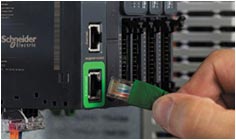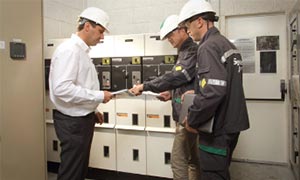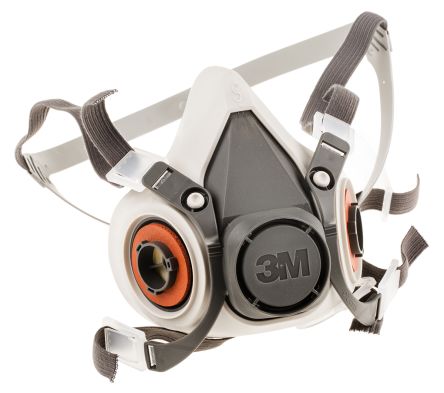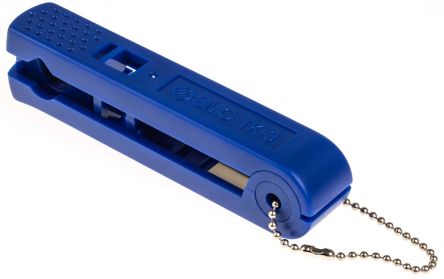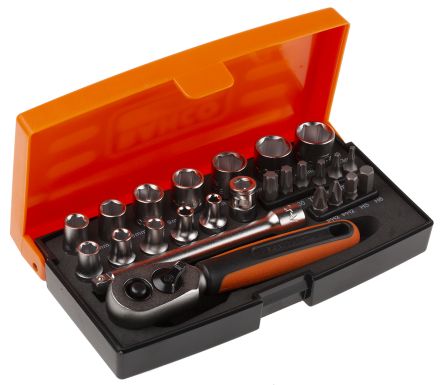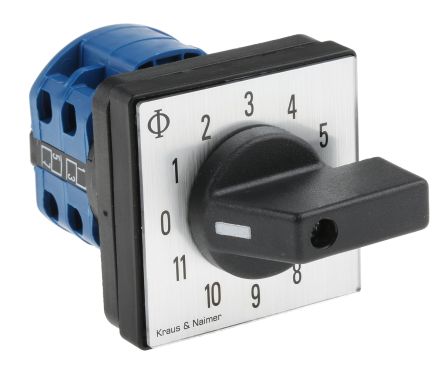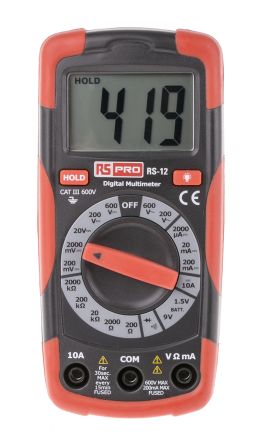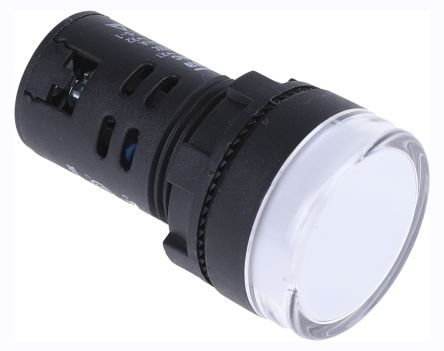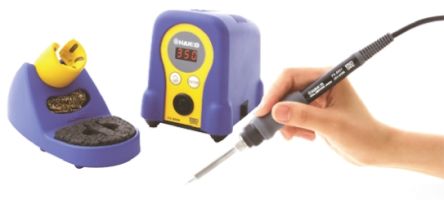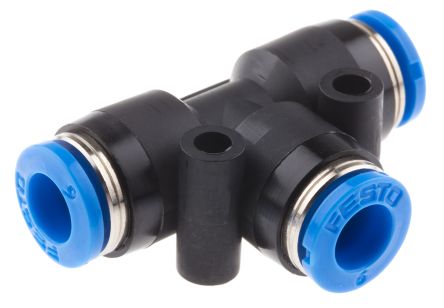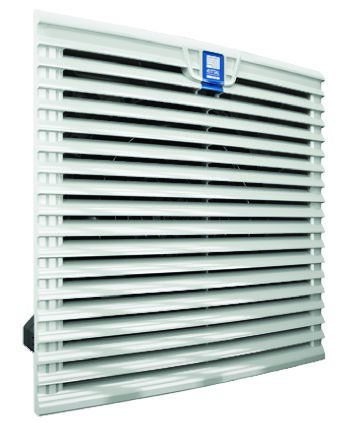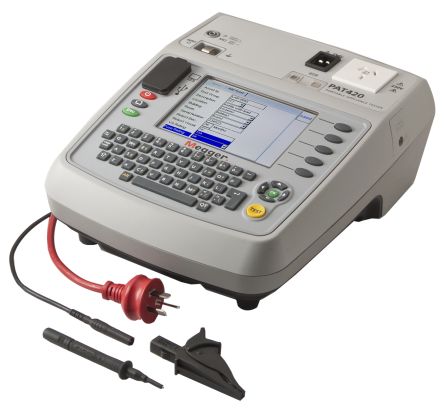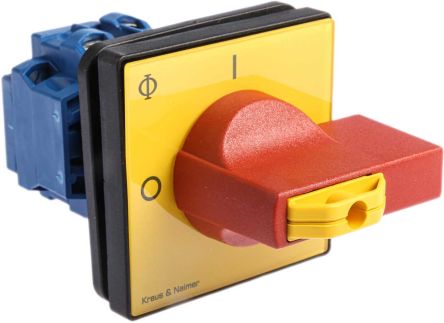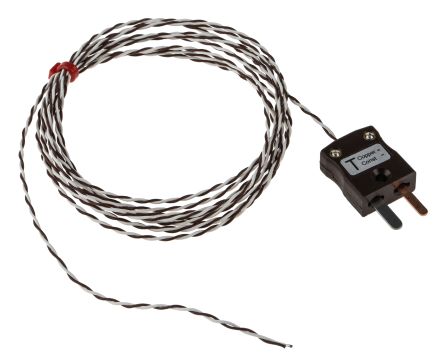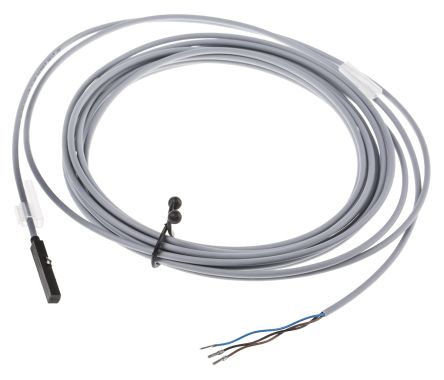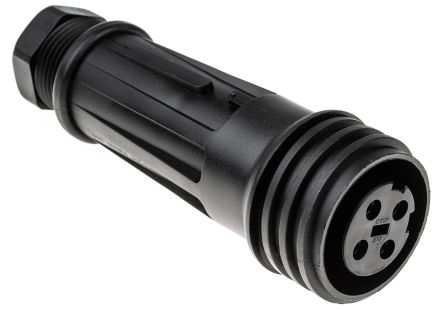
|
Moving into modern maintenance
The pace of change in industrial environments, driven by Industry 4.0 and the Internet of Things, creates a challenge for modern maintenance engineers.
At RS, we understand those challenges.
We partner with you to help integrate new products, services and technologies to support planned, preventative and reactive maintenance demands, as well as procurement needs. We want to showcase and highlight more productive ways of working within a maintenance environment across a range of industries by giving you all latest technologies; delivered when you need them. Click on the images below to find out more.
Focus on the Future of Maintenance
What does the future of maintenance engineering look like? Explore what some of our leading suppliers are doing to be at the forefront of modern maintenance. As well as that, learn about the journey from when industries were purely powered by machines, through to the technology revolution which changed everything to become powered by computers.

Open IoT ready data gateway The Internet of Things is becoming an integral part of maintenance engineering. We’re working with Siemens to support modern factories and the need for easy maintenance, fast development and precise industrialised functionality. Check out some of the benefits the Siemens IOT2020 system offers to maintenance engineers. |

Monitoring the factory floor Brainboxes are connectivity and data conversion experts. Their team highly experienced software and hardware engineers create solutions that allow legacy data and protocols to be converted or transferred to USB and Ethernet. |
Focus on Planned Maintenance
We know that different-sized companies have different planned maintenance strategies to suit them. That’s why we have an extensive range of products to assist you with your maintenance needs, no matter what environment you’re operating in.
Why is Planned Maintenance so important?
Maintenance is a key part of any business, no matter how big or small. In this modern, competitive world it’s more vital than ever to maximise the useful lifetime of any given asset to ensure that cost is kept to a minimum. In short, effective maintenance has the ability to increase profit and reduce downtime.

Focus on Preventative Maintenance
Help to reduce equipment failure with spotlight connected products, which can provide additional information about their status or the process they are in. Browse some of the key products here.
Predictive Maintenance within production line
As with any production line, it’s essential that the equipment is maintained, to avoid failure and costly downtime.
Predictive maintenance can help avoid a number of issues, by putting in place a planned schedule that periodically or continuously checks the equipment...

Focus on Reactive Maintenance
Maintenance engineers are under increasing pressure to keep things running smoothly. The challenges that they face on a daily basis mean that they need easy access to the right products, at the right time – giving them time to focus on what really matters. We offer flexible delivery options, technical support and solutions. Plus there’s DesignSpark – our online community for engineers to search or share tips and advice.

Delivery Options
Get all the products you need, at a time that suits you, with our range of flexible delivery options.
Technical Support
When you need some extra support, our friendly team of experts can help. Over the phone or online, come to us for assistance.
New Products
Browse our wide range of quality products, from world-leading suppliers and brands.
DesignSpark
DesignSpark is the home of our engineering community, where you will find resources and tools to aid engineers in their design process.Focus on Procurement Solutions
Unplanned maintenance and the resulting production downtime is the bane of most organisations. But such costs and inefficiency may soon be a thing of the past, as experts believe that new technology will drive a shift away from reactive maintenance towards predictive, smart maintenance.
This article covers the procurement focus on MRO and how organisations can reduce downtime, cut costs and increase productivity by adopting smart maintenance.
Why it’s time to rethink your approach to Maintenance

The start of smart maintenance
Unplanned maintenance and the resulting production downtime is the bane of most organisations. Deloitte reports that such downtime costs industrial manufacturers £37 billion [$50 billion], and that 42% of downtime is caused by equipment failure . Such costs and inefficiency may soon be a thing of the past, however, as experts believe that new technology will drive a shift away from reactive maintenance towards predictive, smart maintenance. The combination of connected technology (the Industrial Internet of Things) becoming available at lower costs and greater data analytics makes it possible to monitor almost any machine and predict failure before it happens. This makes it possible for organisations to identify problems and plan downtime to suit their own schedule.
Richard Jeffers
Technical Director Northern Europe, RS
Richard has has a wealth of experience in the Manufacturing, Services and Infrastructure industries. A Fellow of the Institute of Mechanical Engineers, he is working closely across RS and with the Group Innovation team to help accelerate the development of RS’s evolving technical Value Proposition.
However, access to a range of sensors is only part of the overall picture. “Smart maintenance is more than just technology and products, it’s actually a way of thinking,” says Richard Jeffers, Technical Director Northern Europe at RS.
“It’s about anticipating potential failure and taking the right action to prevent or reduce the impact of that failure on your operations. Technology is what you use to enable and make predicting failure easier.”
The predictive approach
The first step for organisations looking to reduce their unplanned maintenance, according to Jeffers, is to recognise the value of a predictive approach. Deloitte has found that predictive maintenance can reduce the time required to plan maintenance by 20% to 50%, increase equipment uptime and availability by 10% to 20%, and reduce overall maintenance costs by 5% to 10%.
David Baglee
Reader, University of Sunderland
David’s research interests include advanced maintenance management strategies, condition-monitoring technologies and advanced manufacturing techniques and technologies to support maintenance strategy development. He is also a member of the Institution of Engineering and Technology’s Design and Production Sector Executive.
David Baglee is the University of Sunderland’s expert on advanced maintenance management and a member of the Institution of Engineering and Technology’s (IET) Design and Production Sector Executive. He helps run the North East Maintenance Forum, which is backed by the University of Sunderland and the IET, and is seeing much greater interest in smart maintenance from members. “The technology for smart maintenance is already being used by some of the most forward-thinking organisations, but the value of this has to be proven to other businesses so that we get a widespread uptake,” he explains. “Once companies appreciate that there is a clear return on any investment they make, they will be much more likely to adopt the technology.”
Baglee has seen at first hand the impact that smart maintenance can have on organisations and is convinced that change will be rapid. “Some of the companies I’ve been working with have introduced smart maintenance and have seen improved productivity and cost savings after just two to three months,” he says.
“Within the next five to eight years we’ll get very close to complete predictive maintenance in the UK – the pace of change, particularly at large to medium-sized businesses, is that rapid.
“There will be a challenge converting some of the smallest companies, where there may be the most resistance to change, lack of cash to invest in technology or where the gains wouldn’t necessarily make that investment worthwhile over the short to medium term,” he adds. “However, larger companies are driving the change and if smaller firms want to be part of the wider supply chain, they will need to keep up.”
Asset management
Richard Jeffers believes that it’s crucial for organisations to see maintenance as part of an overall asset management agenda. “Maintenance should be part of a holistic approach to your assets, which includes how you buy them, how you operate them and, finally, a disposal strategy,” he explains. “All of this, including maintenance, requires a strategy that you and your team can work to so that everyone knows what they are trying to achieve. “For example, if you have an old, end-of-life asset that is close to disposal, you may simply want to squeeze every last bit of work out of it before it’s replaced and choose a ‘run to fail’ approach,” he adds. “However, if you have a mid-life asset then you might want to do lots of preventative maintenance to extend that asset’s life and have as little unplanned downtime on it as possible.” For many organisations, and their maintenance teams, the big question around smart maintenance is where to start. For a lot of businesses, the test and learn approach works best as individuals and the organisation as a whole establish the best solutions for their needs. “I visited a customer’s logistics site recently and they have taken a very sensible approach to introducing smart maintenance into the business,” recalls Jeffers. “They had around 800 motors in their building but had identified 13 that were crucial to their operations, so they have put temperature and vibration sensors on those motors to alert the maintenance team if they start to fail. This is a trial, but the business will start to roll out the technology to other motors over the next year as the technology proves itself.” According to Baglee, once smart maintenance is introduced many companies find that their assets have been ‘over maintained’ in the past. “By letting technology drive their maintenance schedule and planning, companies have found that they can cut the amount of maintenance they are doing,” he says. “This often involves a culture shift because it means moving away from things engineers may always have done as a matter of course, but that shift will benefit an organisation’s bottom line. “A pharmaceutical company I was working with last year has now introduced data analytics and diagnostics training for its maintenance engineers, to give them the skills needed to get the most out of smart technology.”
Products and expertise
For many organisations, there is a need for expert help and access to knowledge that will help them adopt new technology. Recent research by RS and the Chartered Institute of Procurement and Supply showed that 54% of procurement and supply professionals in the maintenance, repair and operations function want access to knowledge services from suppliers, not just the products. “RS provides a range of sensors for customers looking to adopt and enable their smart maintenance strategy,” says Jeffers. “But we also have expertise within the business to help customers understand and make the most of IIoT. We are using this technology in our own warehouse in Nuneaton , so we have first-hand knowledge of the technology in practice.”
Key suppliers
We partner with a wide range of leading suppliers in the industry, offering you a broad range of products for all your maintenance needs. Browse some of our top brands:
